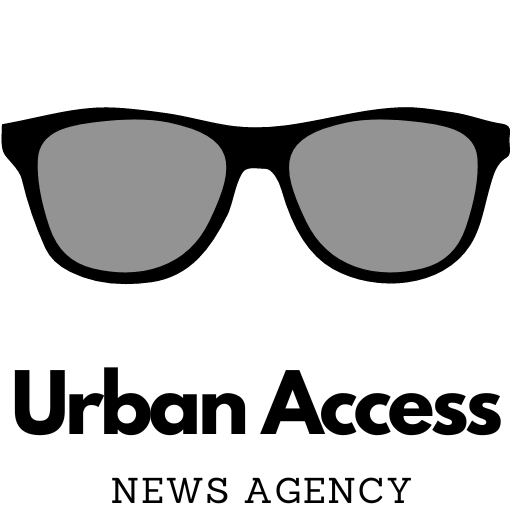Comprehending Unicode and KrutiDev
In older desktop publishing software, especially in North India, the non-Unicode Hindi typeface KrutiDev is frequently used for typing Hindi. The text entered in KrutiDev, however, does not display properly on the majority of contemporary online platforms, search engines, or mobile devices due to its non-Unicode nature. Contrarily, Unicode is a global character encoding standard that makes it possible for text to be shown accurately on all digital platforms and gadgets. For better usage in contemporary digital contexts, text entered in the antiquated KrutiDev format can be converted into Unicode with the use of a KrutiDev to Unicode converter.
Interoperability Between Platforms and Devices
Improved compatibility is one of the primary advantages of upgrading KrutiDev to Unicode. Unicode text is readily readable, copied, and pasted across a variety of devices, including PDF files, emails, mobile applications, and websites. KrutiDev fonts are unstable for cross-platform use since they frequently don’t display correctly on computers without the font installed. Users may make sure their material is consistent and readable on all devices and systems by using Unicode.
Better SEO and accessibility
Unicode text is optimized for search engines. Unicoded Hindi information may be indexed by search engines such as Google, making it accessible through keyword searches. For websites, blogs, and digital media hoping to reach more Hindi-speaking people, this is essential. On the other hand, because KrutiDev text is not standard, search engines interpret it like an image or unintelligible code, which has no SEO value. Furthermore, Unicode improves accessibility by enabling proper interpretation and vocalization of information by screen readers and text-to-speech applications, which KrutiDev is unable to achieve.
Editing and Preservation Ease
Without the right fonts installed, it might be challenging to edit documents typed in KrutiDev on contemporary software. However, there are no compatibility problems when opening and editing Unicode text in any contemporary word processor or web browser. Because of its simplicity of editing, information may be updated, repurposed, or kept for a long time without worrying about formatting problems or font-related issues.
Institutional and Governmental Needs
Unicode is currently required for the submission of official papers, forms, and material by a large number of government agencies, academic institutions, and online platforms. Standardized communication is guaranteed by Unicode, which also makes it easier to integrate with databases and content management systems. By using a KrutiDev to Unicode converter, users may assure adherence to these standards without having to start from scratch when typing complete manuscripts.
Time-efficient and economical
Retyping material from KrutiDev to Unicode by hand can be laborious and error-prone. By automating this process, a converter lowers the possibility of human error and saves significant time. Using a batch conversion tool can save hours of work and drastically reduce operating expenses for firms that are in charge of vast archives of KrutiDev documents. Publishers, government clerks, and translators who often work with legacy content will find it very useful.
Connecting Digital User Generations
Due to decades of expertise, many seasoned Hindi typists feel at ease using KrutiDev. Instead of making people give up typing, the converter provides a link to the contemporary digital world. It enables conventional typists to maintain their chosen workspace while generating output that satisfies modern technical requirements. This facilitates more seamless digital transitions for people of all ages and in offices.
Conclusion
More than merely a font converter, the KrutiDev to Unicode converter is a crucial tool for promoting efficiency and equality in digital spaces. While meeting the needs of the digital era, Hindi material helps preserve linguistic legacy by being searchable, editable, and available across platforms. Adopting this tool is a sensible step toward future-ready communication for people, organizations, and enterprises alike without abandoning the tried-and-true tools of the past.
